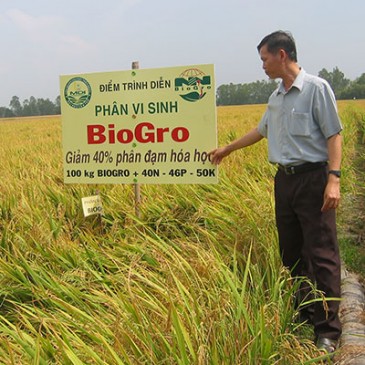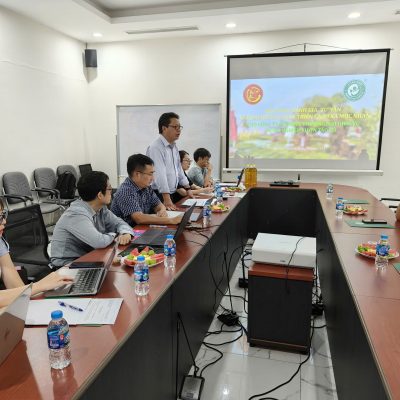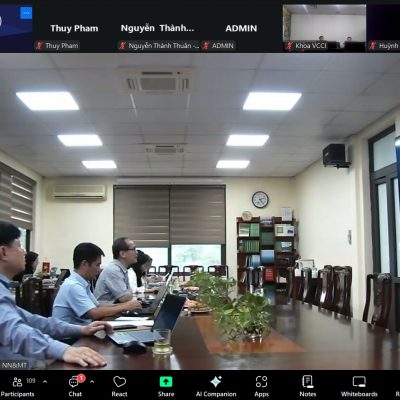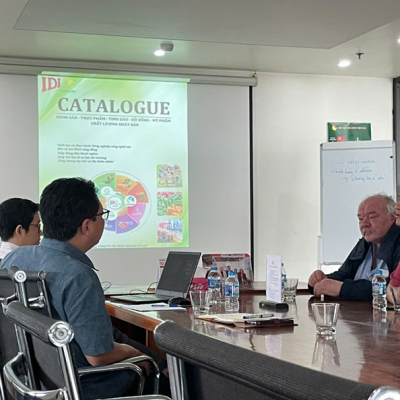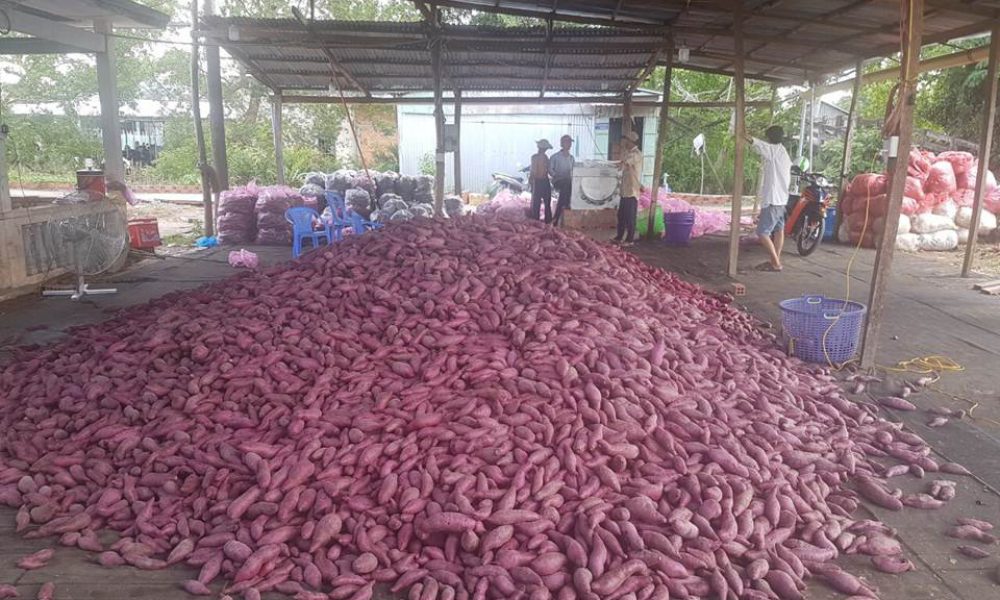
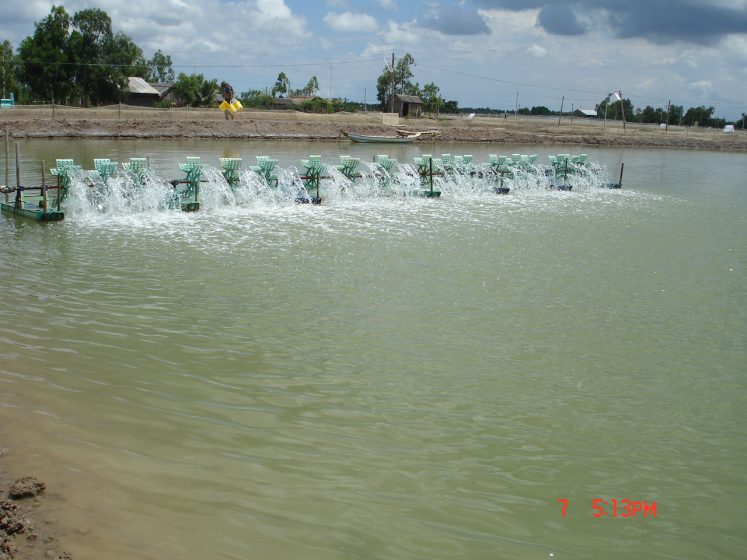
Effective microbiological management can be the key to efficient farming
New research shows that if the aquaculture industry can take advantage of microbial dynamics in fish farms, Producers can see major improvements in farming efficiency.
The development of effective microbial management strategies to reduce disease outbreaks in aquaculture is often hindered by limited knowledge of microorganisms in shrimp and fish farms.. New research published by the Center for Microbial Ecology and Technology (CMET, Ghent University) in collaboration with INVE Aquaculture, Benchmark (BAN) Showcases the opportunity to achieve livestock efficiency through a comprehensive understanding of the microbiota (microbiome).
Mr. Peter De Schryver, Team Leader for Health and Environment at INVE (BAN) and co-author of the study: “In aquaculture, The presence of bacteria in the culture water affects the nutrient cycle, metabolic waste decomposition, digestion and animal health. Therefore, the management of these bacteria is an important tool in shaping the overall health of the system ”.
A well-functioning microbial community in the water is very important, and abrupt disruption of the microbiota should also be avoided (a process known as "biological disturbance"). By accurately assessing bacteria, it allows companies to begin tracking changes and linking this to the animal's health status. Future, This can also allow producers to predict when their animals' health may be compromised.
First technology of its kind
The researchers focused on white-legged shrimp farming water (L. vannamei). They assessed the composition and dynamics of the microbiome using a combination of established molecular and novel flow cytometry analysis methods., allows the measurement and enumeration of all bacteria, but also algae and sometimes even viruses, This differs from conventional diagnostics focusing on a single organism at a single moment.
commented lead author Jasmine Heyse of Ghent University, “We have been monitoring the contributions of microorganisms from external sources, Includes fresh or dried food products, into the culture water. This is the first time these contributions have been quantified.”.
Improve the efficiency and effectiveness of the product
Ruben Props, commented also at Ghent University: “The application of this new flow cytometry method means we can accurately assess changes in the microbiome associated with the use of our products.. I believe this opens up new opportunities for product providers like INVE (Benchmark Advanced Nutrition) as well as shrimp and fish producers know that the product they are using is having the desired effect ”.
“Through CMET's academic research as well as our upcoming UGent spin-off company KYTOS, We are continuing to generate larger data sets that will allow us to pinpoint the microbiological markers that determine animal survival and health.. This will be a step change in farm management.”, Ruben adds.
Peter concluded, An excellent partnership between the aquaculture industry and academia and shows with the right tools and knowledge, We can make great strides in improving the health and efficiency of aquaculture systems.
Source: Ministry of Agriculture and Rural Development

